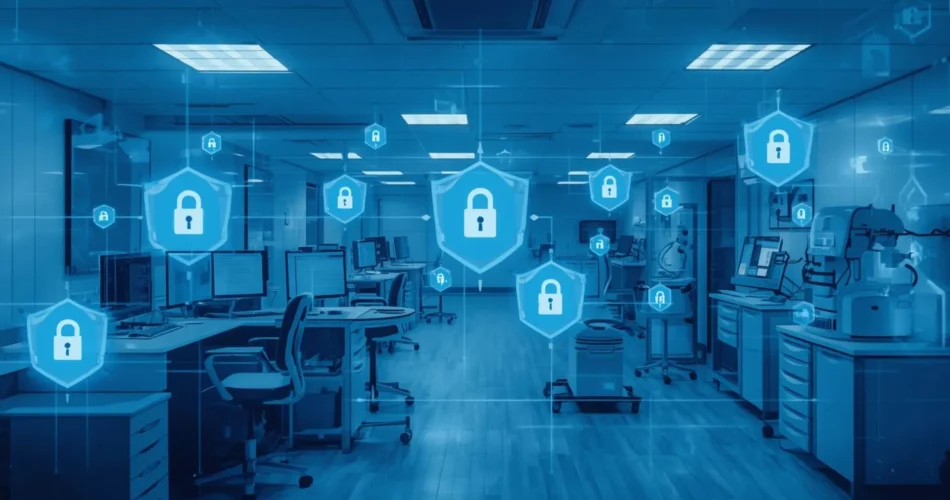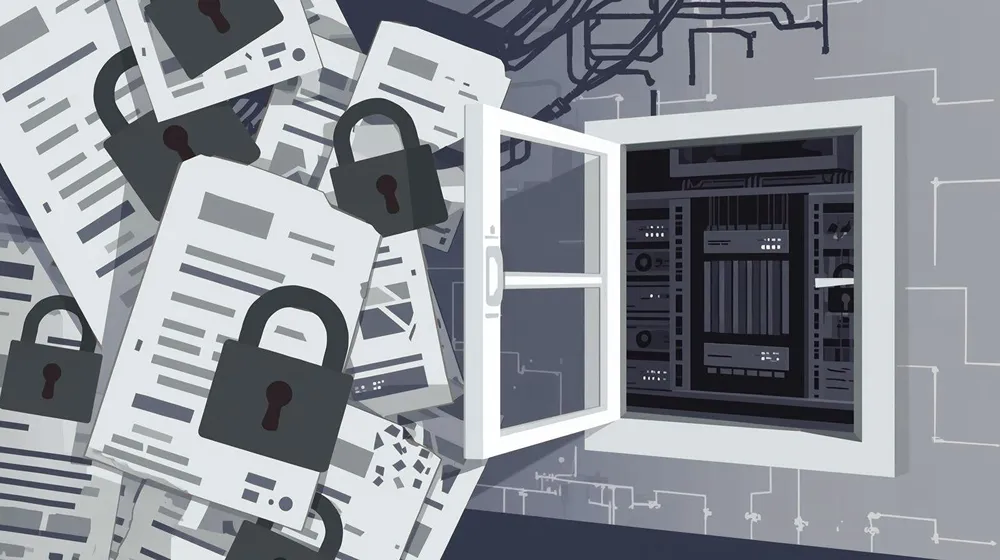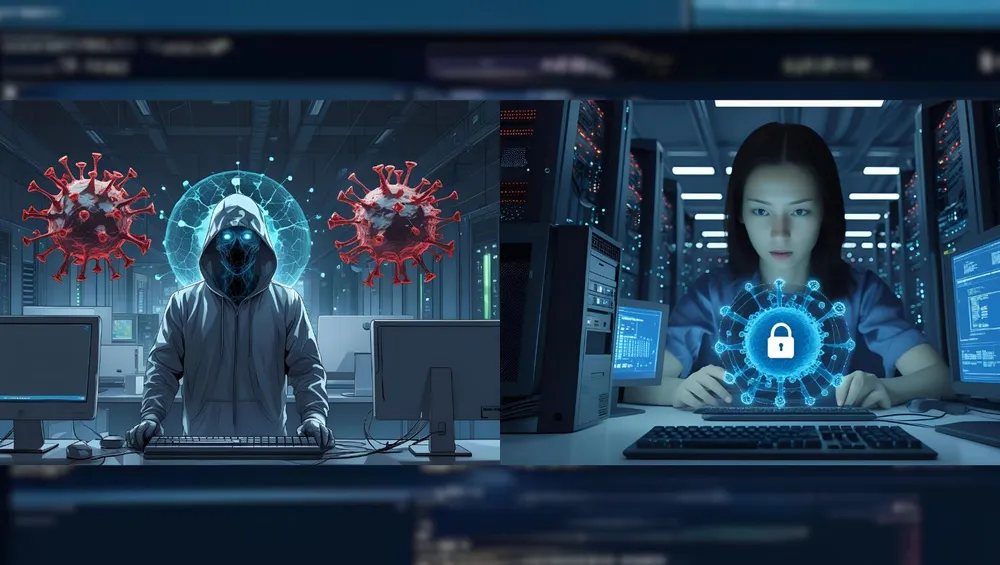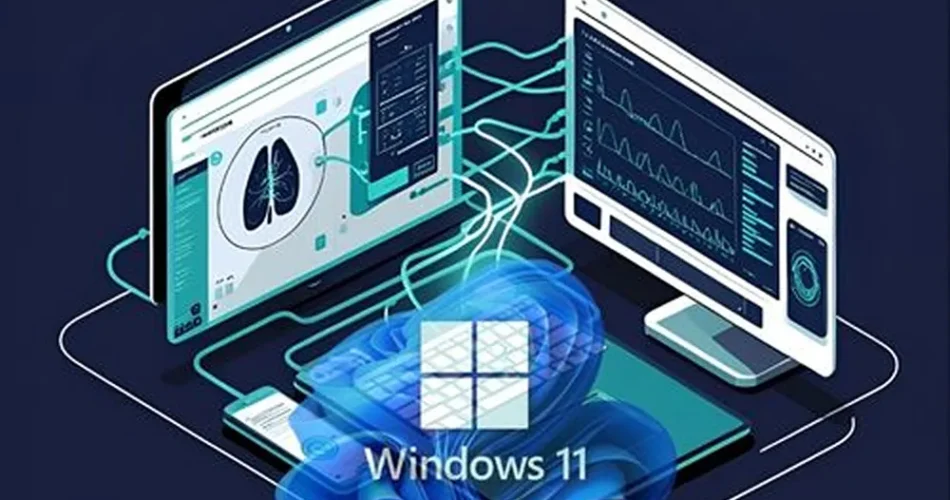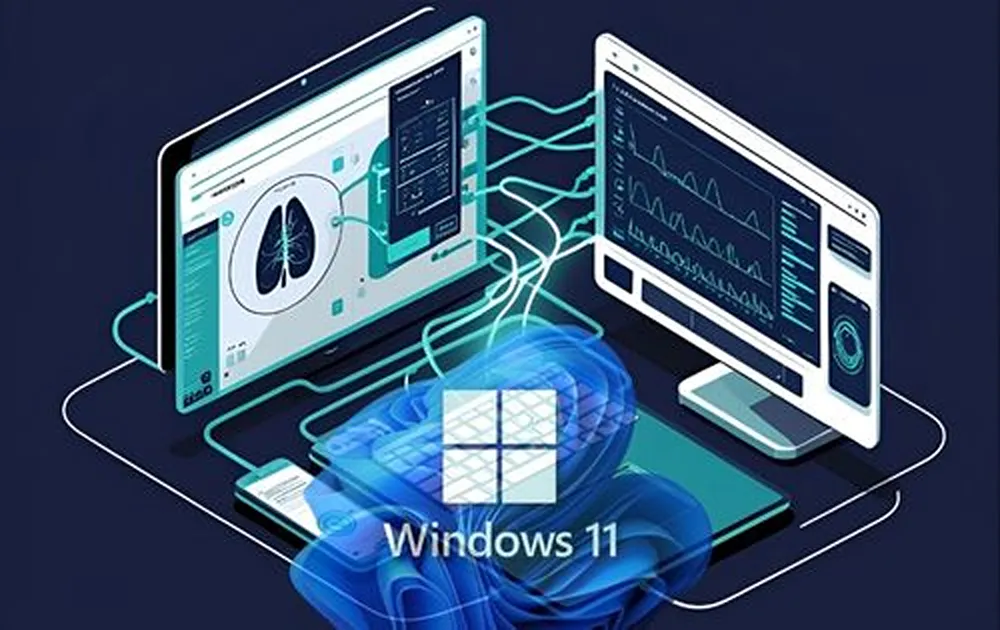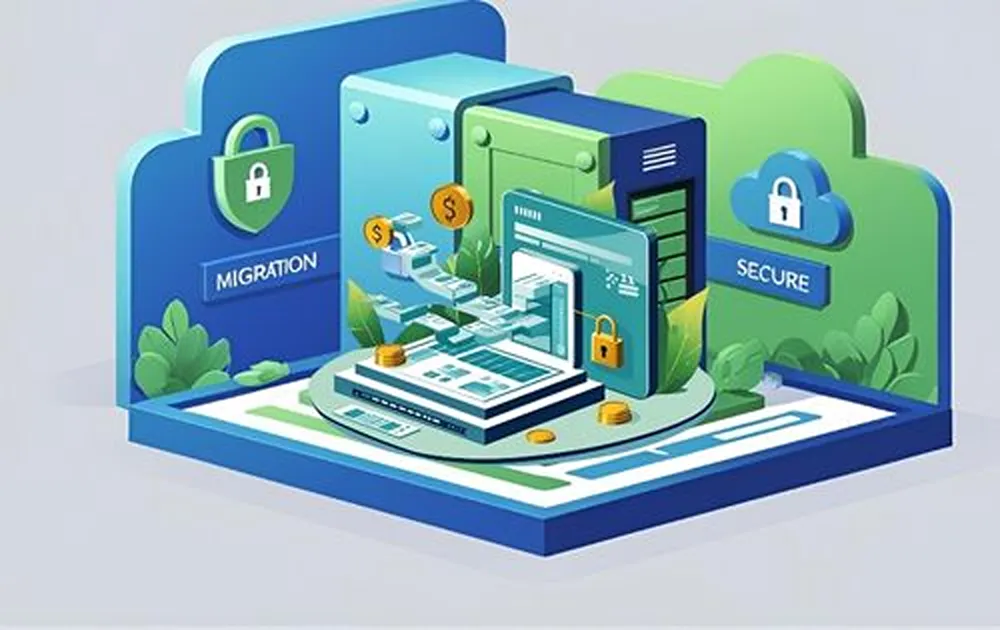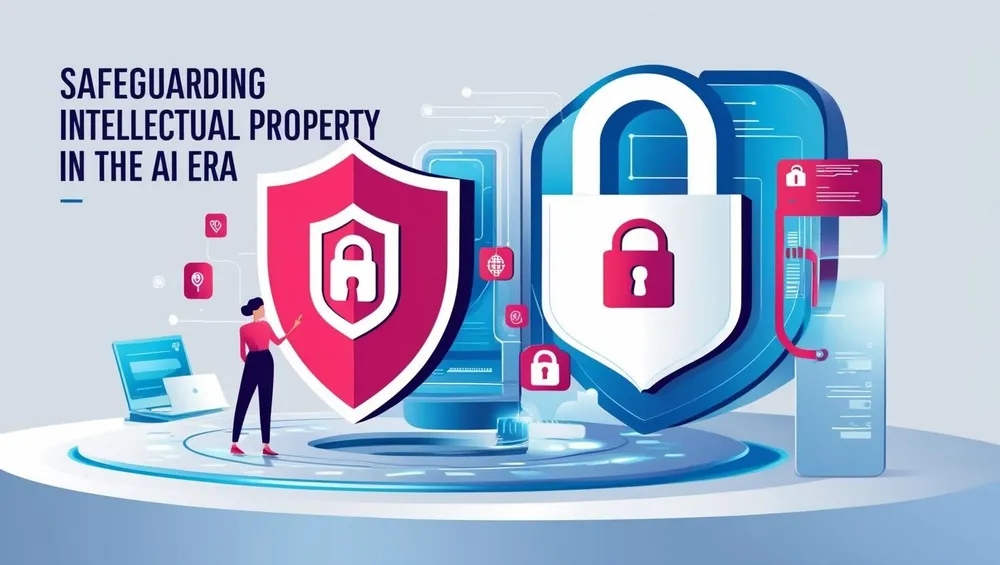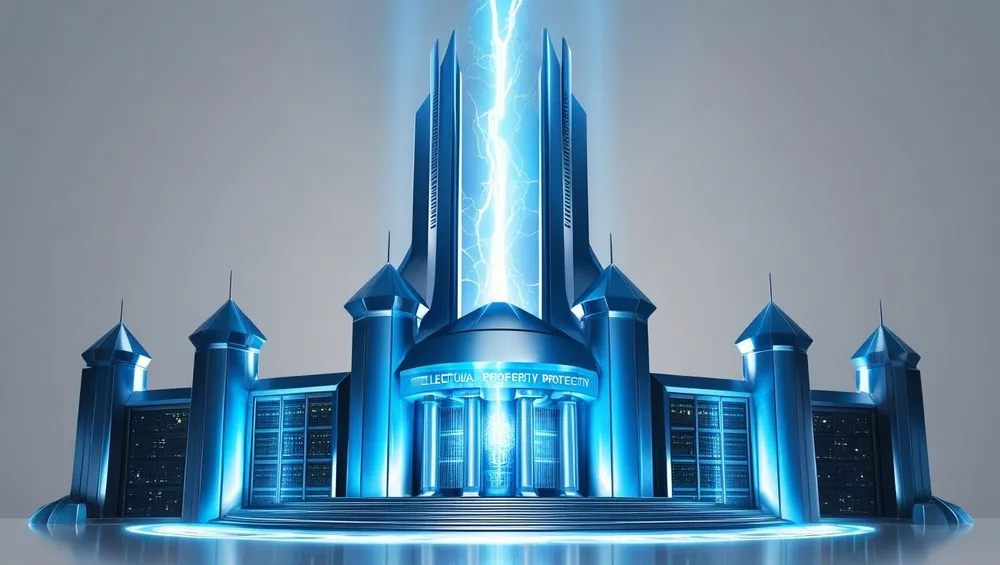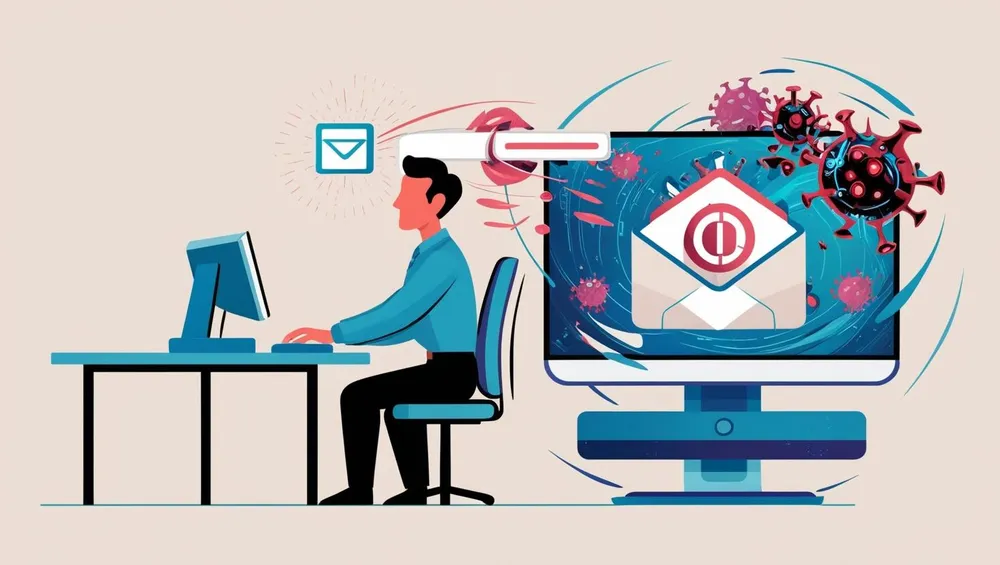At Ocean Solutions, we recognize that the success of a healthcare organization hinges on flawless technology integration and impenetrable IT infrastructure. This isn’t just our marketing message—it’s the fundamental reality of modern medical practice operations.
Yet many medical practices work with general MSPs who lack the specialized knowledge required to properly support healthcare operations. These providers might have “some healthcare clients” or have “worked with a few medical offices,” but this limited experience creates dangerous gaps in HIPAA compliance, patient data protection, and clinical system support.
The difference between general IT providers and healthcare-specialized MSPs like Ocean Solutions isn’t just depth of experience—it’s comprehensive understanding of how healthcare operations, regulatory requirements, and patient safety intersect with technology infrastructure.
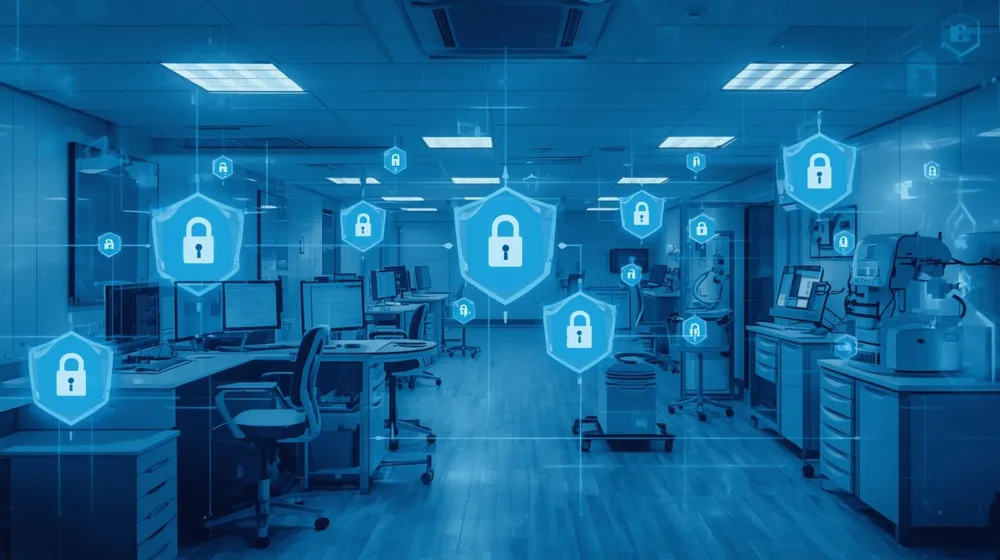
Why Every Team Member’s HIPAA Certification Matters
At Ocean Solutions, every technical and nontechnical full-time team member holds HIPAA certification. This organizational commitment to healthcare expertise isn’t common in the MSP world, but it’s essential for properly protecting patient data.
HIPAA compliance isn’t just about technical controls. It’s about organizational culture where everyone understands their role in patient data protection. When administrative staff process support tickets, they understand PHI handling requirements. When technical teams access systems, they know exactly what HIPAA demands. When anyone communicates about client infrastructure, they understand confidentiality obligations.
This comprehensive approach ensures that every interaction with your medical practice’s technology infrastructure maintains HIPAA compliance, not just the moments when technical staff are actively working on systems.
The Proactive, Personalized Healthcare Approach
Our seasoned experts bring extensive experience serving healthcare clients through a proactive and personalized approach designed for medical practices’ specific needs.
Understanding Healthcare-Specific Concerns
With decades of experience working with healthcare companies, we understand concerns that general MSPs often miss. Medical practices worry about more than just system uptime—they worry about patient safety, regulatory compliance, professional liability, and reputational risks that come with data breaches or HIPAA violations.
These concerns require IT partners who understand what’s actually at stake when healthcare technology fails or gets compromised. It’s not just business disruption—it’s potential patient harm, regulatory penalties, and professional consequences that can affect medical practices’ ability to operate.
Creating Partnerships That Protect Infrastructure and Reputation
Ocean Solutions creates partnerships focused on protecting both IT infrastructure integrity and professional reputation. Medical practices need IT providers who recognize that technology failures or security breaches don’t just create operational problems—they create liability exposure and reputational damage that can take years to overcome.
Our approach emphasizes preventive measures, continuous monitoring, and rapid response specifically designed to protect medical practices from the unique risks they face in today’s threat landscape.
24/7 Monitoring Designed for Healthcare Operations
With our 24/7 monitoring and responsive support, critical systems are continuously monitored, allowing quick remediation of potential issues resulting in reduced downtime and disruptions.
But healthcare operations demand more than generic 24/7 monitoring. Patient care doesn’t follow business hours. Medical emergencies occur at any time. Weekend appointments require full system functionality. Holiday coverage needs complete technology capabilities.
Ocean Solutions’ 24/7 monitoring is calibrated specifically for healthcare operations:
- Continuous surveillance of EHR systems, practice management platforms, and medical devices
- Healthcare workflow-aware alert prioritization that considers patient care impact
- HIPAA-specific security event detection beyond generic threat monitoring
- Rapid remediation procedures designed to minimize clinical disruption
- Communication protocols that keep medical staff informed during incidents
This healthcare-specific approach ensures that technology monitoring aligns with clinical operations rather than treating medical practices like typical businesses with technology needs.

Seamless Integration Without Clinical Disruption
The seamless integration capabilities offered by Ocean Solutions enable healthcare organizations to leverage existing systems and software without disruption. This capability is critical because medical practices depend on complex technology ecosystems where everything must work together perfectly.
Understanding Healthcare Integration Requirements
Modern medical practices require numerous integrations:
- EHR systems connecting to laboratories, imaging centers, and specialty providers
- Practice management software syncing with billing, scheduling, and insurance verification
- Patient portals interfacing with clinical documentation and appointment systems
- Telehealth platforms integrating with existing clinical workflows
- Medical devices communicating with documentation and analysis systems
General MSPs approach these integrations with standard IT practices that often break healthcare-specific protocols. They don’t understand HL7 interfaces that enable health information exchange. They’re unfamiliar with FHIR standards that modern healthcare systems use for interoperability. They don’t recognize how clinical workflows depend on these integrations functioning flawlessly.
Ocean Solutions brings healthcare integration expertise that ensures existing systems continue working exactly as clinical operations require while we enhance security, improve performance, and update infrastructure.
Multi-Layered Security Designed for Healthcare
At Ocean Solutions, we prioritize security and confidentiality of medical records through comprehensive, healthcare-specific approaches.
Top-Notch Encryption
Our encryption protocols meet HIPAA’s specific requirements for protecting patient data at rest and in transit. This goes beyond generic encryption to ensure that healthcare-specific data types receive appropriate protection throughout their lifecycle.
Robust Access Controls
We implement access controls based on principle of least privilege specifically designed for healthcare environments. Clinical staff receive access to patient information necessary for their roles without over-provisioning that creates unnecessary risk. Administrative personnel access billing and scheduling information without unnecessary clinical data exposure.
These access controls balance security requirements with clinical workflow realities, ensuring that protection doesn’t interfere with patient care delivery.
Advanced Threat Detection
Our threat detection capabilities are calibrated specifically for healthcare security threats. We understand that medical practices face targeted attacks from threat actors who specifically seek patient health information for identity theft and fraud purposes.
This healthcare-specific threat intelligence enables faster detection and response to attacks that specifically target medical practices versus generic business threats.
Comprehensive Backup and Disaster Recovery
Healthcare backup and disaster recovery planning must account for clinical data integrity, rapid restoration requirements, and continued patient care capabilities during extended outages.
Our comprehensive backup and disaster recovery plans ensure that clinical data maintains integrity, restoration can occur quickly enough to minimize patient care disruption, and practices have procedures for maintaining operations when primary systems are unavailable.
Regular Security Audits
Regular security audits ensure HIPAA compliance and drive continuous improvements in security posture. These audits examine both technical controls and operational procedures, identifying gaps that could create compliance violations or security vulnerabilities.
Our audit process helps medical practices stay ahead of evolving threats and changing regulatory requirements rather than reactively addressing problems after they create compliance issues.

Vigilant Cybersecurity Team
Our vigilant cybersecurity team promptly responds to and mitigates potential threats using healthcare-specific protocols. When security events occur, we understand the unique requirements of healthcare incident response including breach notification obligations, patient communication requirements, and regulatory reporting timelines.
Rigorous Staff Training Creates Data Privacy Culture
Through rigorous staff training, Ocean Solutions fosters a culture of data privacy throughout our entire organization. This training emphasis ensures that everyone involved in supporting medical practices understands their responsibilities for protecting patient health information.
This organizational culture of data privacy extends to how we:
- Handle support communications that might include patient information
- Document technical issues without exposing PHI unnecessarily
- Secure our own systems that process client healthcare data
- Vet and manage our own business associates who might access client information
Medical practices working with Ocean Solutions can trust that their sensitive medical records are in safe hands with us, making us the trusted partner for healthcare company security needs.
The Healthcare-Specific Process
Ocean Solutions follows a structured 10-step process specifically designed for healthcare organizations:
Introduction and Discovery: Initial meetings focus on understanding your practice’s specific clinical workflows, patient care priorities, and existing technology infrastructure.
Fact-Finding: Our fact-finding discussions use questions designed to assess IT state compared to healthcare industry best practices and regulations—not generic IT standards.
Gap Analysis Presentation: We present proposals showing current state versus desired future state using healthcare regulatory frameworks and industry standards specific to medical practices.
Kickoff and Planning: We schedule kickoff meetings that discuss onboarding timelines, goals, and priorities specifically around patient care continuity and compliance requirements.
Platform Preparation and Onboarding: We provision systems, onboard network hardware, servers, cloud systems, and end-user infrastructure with healthcare-specific configurations.
Training: We onboard and train existing internal IT teams (if present) on tools and systems provided by Ocean Solutions, ensuring knowledge transfer for healthcare-specific aspects.
Priority Implementation: We address identified priorities during kickoff with focus on patient safety, clinical operations, and compliance requirements.
Transformation: We transform IT state and transition to organizational goals while maintaining continuous patient care capabilities.
Ongoing Support: We provide continuous technical support, proactive monitoring, and regular communication ensuring optimal system performance and client satisfaction.
This healthcare-specific process ensures that every step considers medical practice realities rather than treating healthcare organizations like typical business IT clients.
Let Us Manage Your IT Infrastructure
Ocean Solutions enables healthcare organizations to confidently focus on providing the best medical care possible by managing IT infrastructure with healthcare expertise.
When technology infrastructure operates flawlessly, clinical staff can focus on patient care without technology concerns. When security measures protect patient data comprehensively, practices can maintain trust and avoid regulatory penalties. When systems integrate seamlessly, clinical workflows remain efficient and effective.
This is the difference that healthcare-specialized MSP partnerships provide versus working with general IT providers attempting to serve medical practices without proper expertise.
Contact Ocean Solutions today at OceanslsContact Ocean Solutions to discuss how our healthcare-specialized approach can protect your medical practice’s IT infrastructure, ensure HIPAA compliance, and enable you to focus on what matters most—delivering exceptional patient care.


